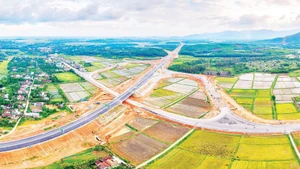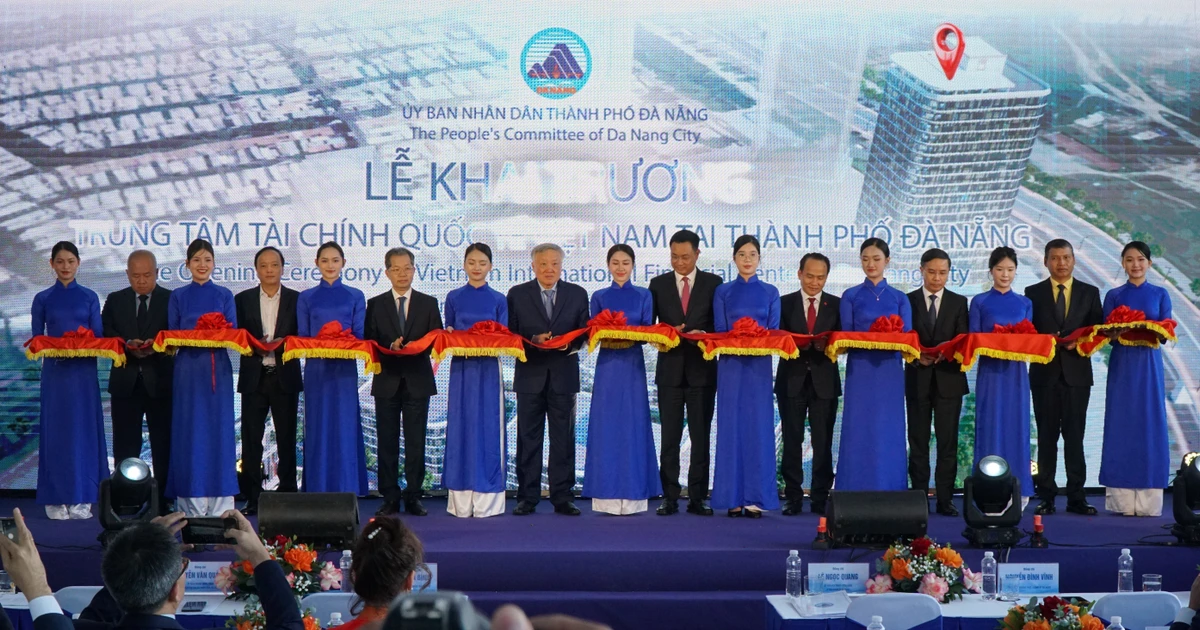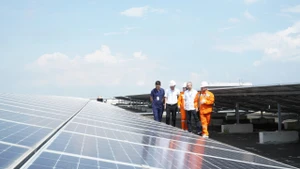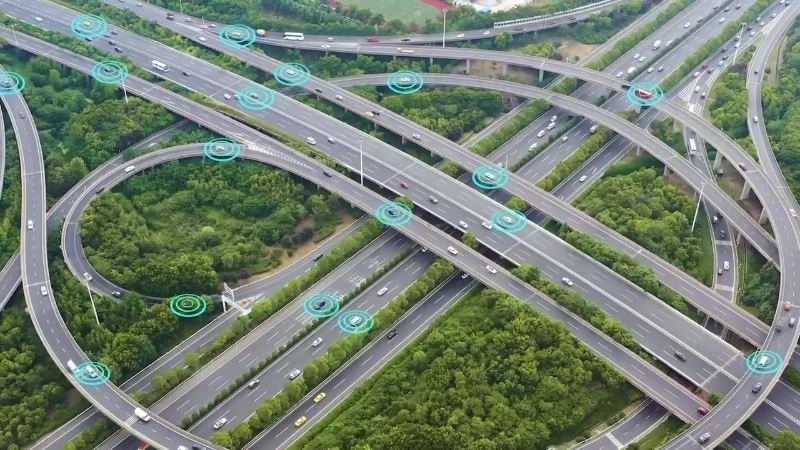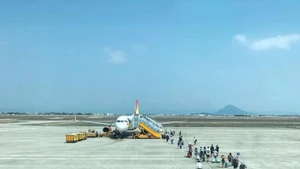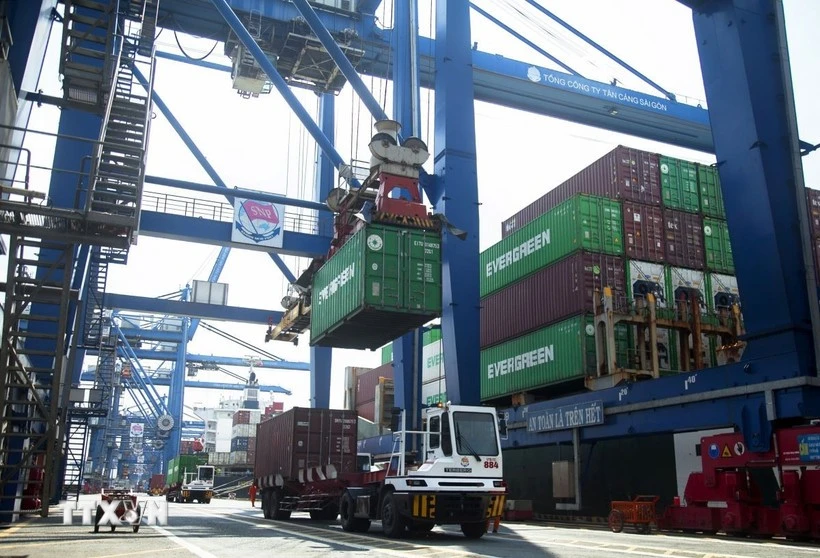Since October 2021, Vietnam has witnessed a spike in demand for petroleum products along with an increase in fuel prices in line with global demand and price hikes.
The global average price of Brent crude oil so far this year has stood at around 116.7 USD per barrel by late last week, according to Oilprice.com, which offers over 150 crude oil blends and indexes from all around the world, providing users with oil price charts, comparison tools and smart analytical features.
In early this week, the retail petrol prices were reduced by more than 600 VND (2.6 US cents) per litre following the latest adjustment by the Ministry of Industry and Trade and the Ministry of Finance.
The retail price of RON95 bio-fuel dropped to 29,192VND (1.27 USD) per litre at most, whereas that of E5RON92 was adjusted down by to no more than 28,330 VND (1.23 USD) per litre.
This was the first decrease following seven consecutive hikes of petrol prices in 2022, with total hikes amounting to over 6,500 VND (0.28 USD) per litre.
However, such a reduction remains very small as compared to the hikes since early this year.
Before last week, on February 21, the government hiked fuel prices up by 1,000 VND (4.34 US cents) for each litre of gasoline and 750 VND (3 US cents) for each litre of oil.
The spike in Vietnam’s fuel prices was further accentuated by domestic gasoline shortages as the Nghi Son Oil Refinery, Vietnam’s largest refinery, cut production by 20 percent since January due to financial problems.
To control inflation and reduce petrol prices, the National Assembly Standing Committee on March 23 adopted resolution on environmental protection tax rates on petroleum, oil and lubri-cants, which will take effect from April 1 to December 31.
Under the resolution, the tax rate for gasoline will be cut by 2,000 VND (8.7 US cents) per litre; and the rates for diesel, fuel oil, and lubricant will drop by 1,000 VND (4.34 US cents) per litre, grease by 1,000 VND per kg, and kerosene by 700 VND (3 US cents) per litre. The tax on jet fuel, which had been lowered by 1,500 VND (6.5 US cents) per litre earlier, remains unchanged.
However, if global prices continue escalating, Vietnam may have to find additional solutions to keep inflation, because the environmental protection tax rate is fixed, while the consumer price index (CPI) is fluctuant.
Impacting the economy
According to pan-Asia consulting firm Dezan Shira & Associates nationwide, the higher fuel prices will impact the CPI and have businesses concerned as they want to balance price increases with keeping customers as Vietnam looks to bounce back from last year’s lockdowns.
“The high fuel prices have raised concerns about rising inflation and its negative impacts on Vietnam’s overall GDP affecting the consumer price index and inflation,” Dezan Shira & Associates said.
According to Nguyen Bich Lam, former head of the General Statistics Office (GSO), a 10 percent increase in fuel prices will lower GDP by around 0.5 percent and hike the consumer price index (CPI) by 0.36 percentage points.
Gasoline prices have a significant impact on both production and people’s daily lives, as well as on enterprises’ competitiveness. Thus, when gasoline prices increase, it will raise the cost of input materials both directly and indirectly.
Specifically it directly affect people, businesses, and industries that consume petroleum products such as road transport, fishing, agricultural production, food processing, and affect indirectly any other businesses that demand the transport of goods from the place of production to the place of consumption, affecting the price of consumer goods.
The fuel price hikes have also already led to an increase in the prices of some products. Tires and lubricants, for example, have expanded 20-30 percent. Some transport services have raised prices by 5-10 percent.
The retail industry has also been hit by price hikes. Fuel price increases have had knock-on effects as these businesses have to pay extra fees for delivery and input materials. Some food and beverage establishments have also raised their prices by 20-30 percent.
The logistic industry is facing pressure and has increased prices, while the manufacturing sector is also facing difficulties. Small traders in markets have also looked to increase prices to cut losses.
International forecasts
Global analysts FocusEconomics based in Spain told Nhan Dan Online this week that it expects Vietnam will continue seeing lower-than-expected inflation this year, despite high increases in fuel prices and consumption bouncing back.
Inflation came in at 1.4 percent in February, down from January’s 1.9 percent. February’s
result represented the lowest inflation rate since March 2021. The annual average variation of consumer prices remained at 2.1 percent in February. Matching January’s reading.
“With a projected pickup in domestic demand penciled in for 2022, inflationary pressures should rise in turn, as consumer spending accelerates and fiscal stimulus remains robust,” said FocusEconomics.
The GSO reported that in the first two months of 2022, total goods retail and consumption service revenues reached 38 billion USD, up only 1.7 percent year-on-year. It is expected that the figure for Q1 will be improved.
“On the other hand, with the dong set to strengthen slightly in 2022 and monetary policy estimated to tighten throughout the year, price pressures should remain in check, with our panelists forecasting inflation to average below the government’s 4 percent target,” FocusEconomics said. “The recent outbreaks in Covid-19 cases cloud the inflation outlook considerably, however.”
FocusEconomics expects inflation to average 3.2 percent in 2022, and 3.6 percent in 2023.
The Asian Development Bank (ADB) also said that in 2021, inflation for full year averaged at 1.8 percent, the lowest in six years, mainly due to weak demand.
“With a stronger economic recovery and domestic demand expected for 2022, inflation for 2022 is projected to be 3.8 percent,” the ADB predicted recently.
In the same vein, the World Bank said in its March bulletin that despite rising energy prices, the inflation remained subdued thanks to relatively stable food prices and still weak domestic demand. Credit demand remained strong after the Lunar New Year, keeping overnight interbank interest rate at 2.56 percent at the end of February, compared to less than one percent at the end of 2021.
“The Russia-Ukraine conflict has increased uncertainty about global economic recovery, created new strains on global supply chains and heightened inflationary pressures,” read the bulletin. “Commodity prices have increased sharply and may increase further in the short term. Keeping track of domestic price developments is therefore warranted. Nevertheless, reducing the environmental protection tax would not be the right policy to provide oil price relief.”
Meanwhile, on its website, the International Monetary Fund in Vietnam is now forecasting that in 2022, Vietnam’s economy will grow about 6.6 per cent with a projected consumer price of 2.3 per cent.
However, Standard Chartered in January forecast that Vietnam may see higher-than-expected inflation this year.
“Inflation may become more of a concern for Vietnam in 2022. Supply-side factors (higher commodity prices, exacerbated by the pandemic) are likely to be the key driver near-term. Demand pressures will come into play as the economy develops further,” the bank said in a press release. “A prolonged virus outbreak could lead to supply-driven inflation risks. 2022 and 2023 inflation forecasts for Vietnam are 4.2 and 5.5 percent, respectively.
According to Standard Chartered, the State Bank of Vietnam is expected to keep its policy rate on hold at 4 percent in 2022 to support credit growth and manage inflation risks and normalise the policy in 2023, with a 50 basis points hike to 4.5 percent in Q4 of 2023.

